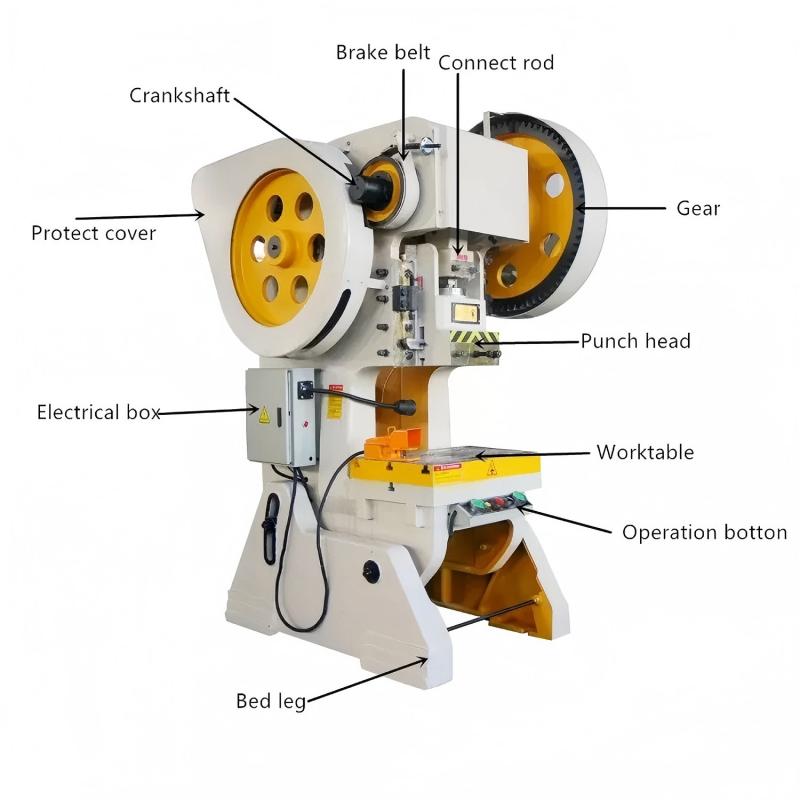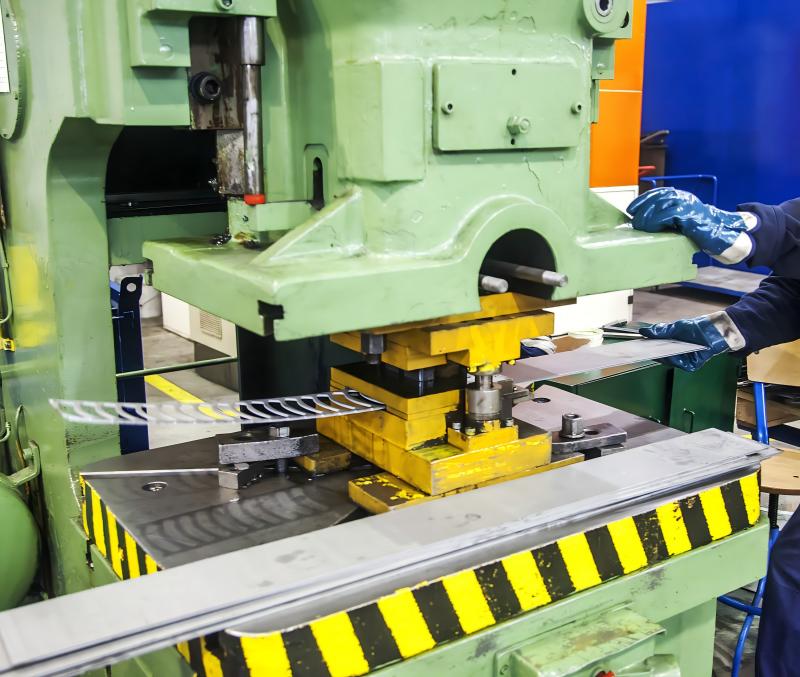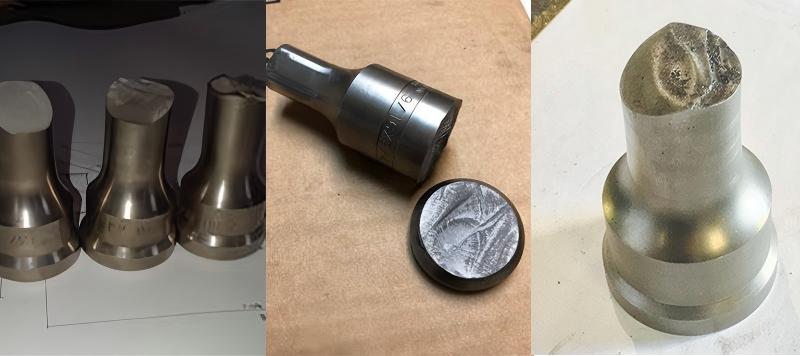Documentation Hub
Comprehensive technical manuals and guides to help you master HARSLE machines and optimize your metalworking efficiency
How Do Punching Machines for Industrial Equipment Improve Efficiency?
When it comes to modern manufacturing, efficiency and precision are the cornerstones of success. Punching Machines for Industrial Equipment play a crucial role in achieving both. If you’ve been wondering how these machines optimize production, reduce material waste, and deliver consistent quality, you’re in the right place. In this article, I’ll explain how punching machines work, guide you through their setup, highlight practical efficiency improvements, and answer common questions that many operators face. By the end, you’ll understand why these machines are indispensable in industrial equipment manufacturing and how you can maximize their benefits.
How Punching Machines for Industrial Equipment Work
Punching machines operate by using a punch and die set to create holes, shapes, or patterns in sheet metal. They apply controlled force to shear material with high precision. The result is fast and repeatable cutting that outperforms manual processes. For industrial equipment, where uniformity and accuracy are vital, these machines provide unmatched reliability.
Key Components of a Punching Machine

- Punch and Die System – Responsible for shaping and cutting the metal.
- Tooling Station – Holds multiple tools, enabling quick changes during production.
- CNC Control System – Ensures repeatability and accuracy by automating movements.
- Feed Mechanism – Moves the sheet metal into position efficiently and consistently.
By combining these components, punching machines significantly reduce cycle times and improve overall production efficiency.
Setting Up Punching Machines for Optimal Efficiency
Step 1: Preparing the Work Area

Before operation, I always ensure the workspace is clean and organized. A debris-free environment prevents material damage and allows the machine to function smoothly.
Step 2: Installing and Adjusting Tooling

Correct tooling setup is critical. I align the punch and die set carefully to avoid misalignment, which can cause tool wear and poor-quality cuts. Using quick-change tooling systems can save valuable time during large-scale production runs.
Step 3: Calibrating the CNC Control
Once tooling is in place, I calibrate the CNC system. By checking the programmed parameters against sample runs, I can fine-tune accuracy. This ensures minimal errors and reduces costly rework.
Efficiency Benefits of Punching Machines in Industrial Equipment
Faster Production Cycles
Punching machines automate repetitive cutting tasks, dramatically reducing manual labor and processing time. For industrial equipment manufacturing, this means more parts produced in less time.
Improved Accuracy and Consistency
CNC-driven punching ensures every cut matches the programmed design, reducing the chance of human error. Consistent results are vital when producing components for heavy-duty equipment.
Reduced Material Waste

Optimized nesting software arranges parts on sheet metal to minimize leftover scrap. This not only saves material costs but also supports sustainable manufacturing practices.
Lower Operational Costs
Although punching machines require an initial investment, they reduce long-term labor costs, tool wear, and rework expenses. By streamlining workflows, they quickly pay for themselves.
Common Challenges and How to Solve Them
Tool Wear and Breakage

Frequent inspections and timely tool replacements prevent downtime. I also use high-quality tool steel to extend the life of punches and dies.
Machine Alignment Issues
If cuts are not accurate, I check the alignment of the punch and die first. A simple realignment often resolves the problem.
Software or Programming Errors
Occasionally, errors arise from incorrect programming. Running a trial sheet before mass production helps detect and correct mistakes early.
FAQ
How do Punching Machines for Industrial Equipment reduce downtime?
By automating cutting processes and using quick-change tooling systems, these machines shorten setup times and minimize interruptions during production.
What materials can punching machines handle efficiently?
They work best with sheet metals like steel, aluminum, and copper, making them versatile for a wide range of industrial equipment parts.
How often should I perform maintenance on my punching machine?
Routine maintenance should be done every 500 operating hours, including lubrication, tool inspection, and cleaning of debris from the work area.
Can punching machines create complex shapes?
Yes, modern CNC punching machines can produce intricate designs with precision, thanks to advanced tooling and programmable controls.
Conclusion
Punching Machines for Industrial Equipment improve efficiency by reducing cycle times, enhancing accuracy, and minimizing waste. With proper setup, calibration, and maintenance, these machines provide long-term productivity gains that every manufacturer needs.
If you want to learn more about selecting the right punching machine or need professional advice for your production line, don’t hesitate to reach out to our team. At HARSLE, we’re committed to helping you achieve higher efficiency and superior results in industrial equipment manufacturing.













